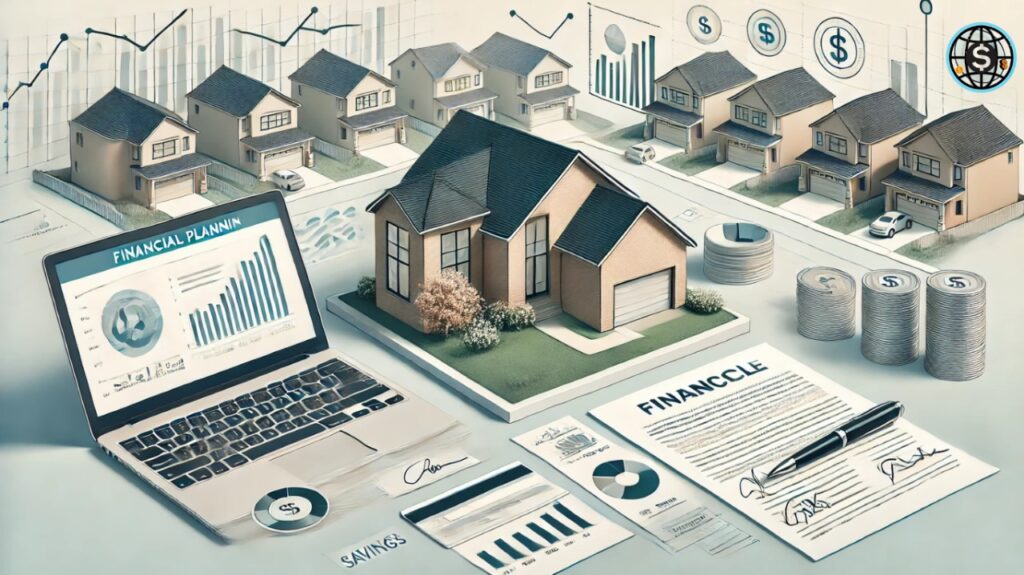Introduction
A new roof is a significant investment, often unexpected and carrying a hefty price tag. While saving up for a cash payment might seem ideal, it’s not always feasible. Fortunately, several financing options can help homeowners navigate the costs of Finance Roof Replacement. This article will explore various financing methods, helping you make informed decisions about how to fund your new roof.
1. Home Equity Loan
- How it Works: A home equity loan is a type of second mortgage that borrows against the equity you’ve built up in your home. You receive a lump sum of money and repay it with fixed monthly installments over a set term (typically 5-30 years).
- Pros:
- Offers a large lump sum, providing flexibility for other home improvement projects.
- Fixed interest rates provide predictable monthly payments. Finance Roof Replacement
- Cons:
- Adds another debt to your mortgage, potentially increasing your monthly expenses.
- Requires good credit and sufficient home equity.
- Closing costs can be significant.
2. Home Equity Line of Credit (HELOC)
- How it Works: A HELOC acts like a credit card secured by your home’s equity. You have access to a revolving line of credit and can withdraw funds as needed, up to a pre-approved limit.
- Pros:
- Offers flexibility to withdraw funds only when needed.
- Interest is typically only charged on the amount borrowed.
- Cons:
- Interest rates are usually variable, making monthly payments less predictable.
- Requires good credit and sufficient home equity.
3. Personal Loan
- How it Works: A personal loan is an unsecured loan not tied to any specific asset.
- Pros:
- Can be obtained quickly and easily.
- Offers flexible repayment terms.
- Cons:
- Typically carries higher interest rates than secured loans.
- Requires good credit to qualify for lower rates.
4. Credit Cards
- How it Works: Credit cards offer a convenient way to finance smaller projects.
- Pros:
- Easy to obtain and use.
- Often offer rewards programs.
- Cons:
- High-interest rates can quickly accumulate significant debt.
- Low credit limits may not cover the entire cost of a roof replacement.
5. Roof Replacement Financing Programs
- How it Works: Some roofing contractors offer in-house financing programs with specialized lenders.
- Pros:
- Can offer competitive interest rates and flexible repayment terms.
- May simplify the application process.
- Cons:
- Options and terms may vary significantly between contractors.
- Thoroughly review the terms and conditions before signing any agreements.
6. Government Programs
- How it Works: Some government programs offer assistance with home improvements, including roof replacements, for low-income homeowners.
- Pros:
- Can provide significant financial assistance for those who qualify.
- Cons:
- Eligibility requirements can be strict.
- Application processes may be complex.
Choosing the Right Financing Option
The best financing option for your roof replacement will depend on several factors, including:
- Your credit score: A higher credit score will qualify you for better interest rates on most loan types.
- Your home equity: Home equity loans and HELOCs require you to have sufficient equity in your home.
- The cost of the roof replacement: Determine the total cost of the project, including materials, labor, and permits.
- Your budget and financial goals: Consider your monthly budget and how much you can comfortably afford to repay each month.
- Your preferred repayment terms: Choose a loan term that aligns with your financial goals and repayment timeline. Finance Roof Replacement
Tips for Securing Financing:
- Shop around for the best rates: Compare interest rates and terms from multiple lenders to find the most competitive options.
- Improve your credit score: Before applying for any loan, take steps to improve your credit score by paying bills on time, reducing credit card balances, and disputing any errors on your credit report.
- Get multiple quotes from roofing contractors: Compare prices and financing options from several reputable roofing contractors.
- Read and understand all loan documents carefully: Before signing any loan agreements, carefully review all terms and conditions, including interest rates, fees, and repayment schedules.
- Consider a home energy audit: Energy-efficient roofing materials can help you save on energy costs in the long run.
Important Considerations:
- Roofing contractors may offer financing options: Many roofing contractors partner with lenders to offer in-house financing programs.
- Explore government programs: Research government programs that may offer assistance with home improvements, including roof replacements.
- Factor in the total cost of ownership: Consider the long-term costs of financing, including interest payments and potential penalties for early repayment.
- Maintain good credit: Consistent on-time payments on your loan will help you maintain a good credit score and potentially qualify for better rates in the future.
Conclusion
Financing a roof replacement doesn’t have to be overwhelming. By carefully exploring your options, understanding your financial situation, and working with reputable contractors and lenders, you can find a financing solution that meets your needs and budget. Remember to compare interest rates, read all loan documents carefully, and prioritize responsible borrowing practices to ensure a smooth and successful roof replacement project.









